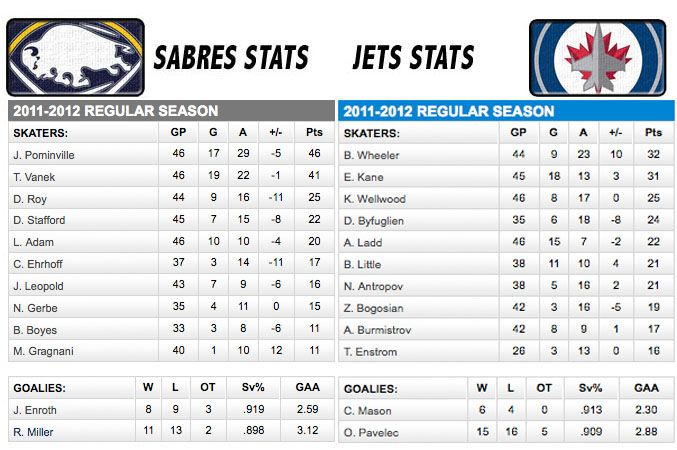Sometimes it takes many years to get a story right and the truth isn’t available until long after a person has passed on. This is one of those cases as in 2009, Larry Tye looked back at the life and times of Satchel Paige in his book Satchel. While many books have been written about one of the greatest pitchers in baseball history, this particular version is about breaking down the myths and telling the most accurate version of Paige’s life possible.
This is not to say the myths aren’t included, as Tye goes over many trying to find the origin and the truth. His success in this varies, for example he mentions many alternate opinions on where Leroy Paige got the nickname Satchel and states which stories are more likely to be true, but can’t name a definitive answer. For others, including much that was stated in a pair of autobiographies written by Paige in 1949 and 1962, Tye supplies the reality and the fiction with sources that can provide the accuracy necessary.
There is much hyperbole in the history of baseball and many prefer the the old nostalgic tales, but when it comes down to it, the truth is so much more interesting. Tye interviewed Satchel’s family, teammates, team owners and other associates to glean this truth and honestly, it is much more impressive than Satchel just making up numbers. For example, there was always the story of Paige telling his outfield to sit down, after which he intentionally walked the bases loaded and struck out three batters in a row in the ninth inning, or some variety of the same tale. It turns out that Satchel not only sat down his outfield once, but it was such a regular occurrence that he had a signal to tell them when to do it. The walking the bases loaded first may not have been true, but Tye provides many verified situations when Satchel was the true showman.
The most impressive thing about Satchel Paige’s career, and one that is expounded upon in the book, is it’s length. A quick glance on Baseball-Reference shows a Hall of Fame pitcher who only threw in 1948 to 1949, 1951 through 1953 and three innings in 1965. Adding in his Negro League years, those numbers extend from 1927 through 1966, missing only 11 years in between, but even that isn’t accurate. While he may not have been pitching in an official league, he never took a full year off and continued pitching in the barnstorming circuit well into his 60’s.
The barnstorming circuit is where Paige pitched much of his career and, while it can be missing in other sources, it is well covered here. It is also where he first pitched against Bob Feller, long before he became his teammate in 1948. There are mixed tales of Feller’s opinions during this era, but the fact that he organized a tour with his All-Stars against a Negro League based team shows that he couldn’t have been as racist as some would make him out to be in the modern age. Again, Tye does a good job breaking down the relationship between Feller and Paige, both when they played against each other and when they played with each other as well as when they were both elected to the Hall of Fame.
Many Indians fans would claim Paige as their own, but the truth is, while he made his Major League debut in Cleveland, he played longer with many teams including the Miami Marlins when he was turning the corner around 50 years old. If one team could claim Paige, it was the Kansas City Monarchs, but the fact is that he was already a well established ace by the time he came to Kansas City, having pitched in the Negro Leagues, Cuba and Mexico in addition to nearly everywhere in the US.
The circumstances involving Paige first joining the Monarchs were ones I was familiar with going into the book and make his lengthy career even more incredible. He had an injury that kept him from pitching like he used to (possibly a torn rotator cuff) and yet kept throwing through it until it healed and he came back better than ever. This is the reason for one of those missing segments on his BR page, but he never stopped pitching during this period, he was just kept at a lower level.
The overlying theme for the entire book is Satchel as a Civil Rights activist, although he wasn’t overly vocal about it until after his playing days. By talking to the men who played with Paige and his family, Tye was able to discover much more about the way Paige and the rest of the Negro League stars were treated when they were playing. Looking back now, it is despicable that black players were kept out of the Major Leagues at all and especially for as long as they were, but that was nothing to the criminal way that Negro Leaguers were treated outside of the ballpark. Of course, this was just a small part of universal racism of the age, but it was important at the time as people like Satchel Paige showed that black athletes were as good or better than their white counterparts.
It was this on the field performance that caused many white business owners to rethink their opinions and on multiple accounts, Paige was the first black person to be treated as a human being by many, opening the door for equality. It took a long time and a lot more people fighting the fight, but Paige was doing his Civil Rights work long before public momentum was swinging that way. This is not a book of Paige’s accomplishments on the field, but a true look at his entire life, from birth until death, and everything that encompassed.
Add The Sports Daily to your Google News Feed!

